Scientific Name: Quassia amara L.
Common Names: Bitterwood, Hombre Grande (in parts of the Caribbean), Amargo, Surinam wood, Quassia, Bitter ash
Botanical Description
Hombre Grande, scientifically known as Quassia amara (family Simaroubaceae), is a small evergreen shrub or tree native to Central and South America, typically growing to 3–8 meters tall. It features long, teardrop-shaped, deep green compound leaves with a winged formation, often with reddish tips, and vibrant red flowers with white interiors, making it an attractive ornamental plant. The bark, wood, and leaves are intensely bitter due to quassin and neoquassin, two key phytochemicals responsible for its medicinal and insect-repellent properties. The plant thrives in humid lowland forests, from Mexico to South America, preferring well-drained soils and partial sunlight.
Historical Uses
Hombre Grande has a rich history in traditional medicine, particularly among indigenous communities in Central and South America. Named after Graman Quassi, an 18th-century Surinamese freedman and healer, the plant gained prominence when he introduced its fever-treating properties to Europeans, leading Carl Linnaeus to name the genus Quassia in his honor. Indigenous groups used it as a bitter tonic for digestive issues, fevers, and parasitic infections. It was also applied topically to treat skin conditions like measles and lice infestations. Historically, it was combined with other herbs like cascara sagrada or fennel in herbal formulas for digestive health. In the Caribbean and Latin America, it was used as an insecticide and in spiritual practices to ward off negative energies.
Medicinal and Other Uses
Hombre Grande is valued for its diverse applications, primarily in herbal medicine, but also in agriculture, cosmetics, and industry. Below is a comprehensive list of its uses, drawing from traditional and modern applications:
- Digestive Health: The bitter compounds (quassin, neoquassin) stimulate digestive enzyme production, promoting appetite, relieving bloating, indigestion, dyspepsia, and supporting gut flora balance. It is traditionally used for constipation, diarrhea, and intestinal parasite infections.
- Anti-Parasitic: Effective against intestinal worms and lice, it weakens parasites by disrupting chitin production in their exoskeletons. It has been used in organic insecticides for crops and animals.
- Blood and Liver Health: Rich in iron (and possibly iron fluorine, though evidence is limited), it is used to treat anemia, oxygenate blood, and support liver detoxification. It is also claimed to aid in conditions like yellow eyes, fatigue, and high blood sugar.
- Anti-Inflammatory and Pain Relief: Used to reduce inflammation, treat headaches, heartburn, and support joint/muscle health.
- Anticancer Potential: Preliminary studies suggest quassimarin may have anti-leukemic properties, though clinical evidence is limited and further research is needed.
- Antimalarial and Antiviral: Traditionally used for fevers and malaria, with some studies supporting its antimalarial activity in mice. It is also claimed to combat viruses and venereal diseases, though evidence is anecdotal.
- Skin Health: Applied topically to treat acne, eczema, and skin blemishes, and used in poultices for measles. It is also valued for its ability to reduce skin spots, particularly in Costa Rican traditional medicine.
- Aphrodisiac: Known as a potent aphrodisiac in some cultures, used to enhance libido and included in products like LoveStrong Capsules.
- Insect Repellent: Quassin’s bitterness makes it a powerful natural insecticide for crops, gardens, and livestock, repelling pests like larvae and nematodes. A common preparation involves soaking 100g of wood chips in 1 liter of water for 24 hours, boiling for 30 minutes, and diluting in 15 liters of water with soap.
- Culinary and Industrial: Used as a bittering agent in food and beverages (e.g., herbal bitters) and in cosmetics for its antimicrobial properties.
- Ornamental Use: Its red flowers and colorful foliage make it popular in gardens, parks, and agroforestry systems like cacao plantations.
- Spiritual Uses: In some traditions, it is used for protection or cleansing rituals, believed to ward off negative energies, similar to other bitter herbs like horehound.
Harvesting and Preparation
Hombre Grande is typically harvested from wild or cultivated plants in tropical regions like Costa Rica, Brazil, and Honduras. The bark and wood are collected year-round, with sustainable harvesting focusing on mature plants to preserve populations. Leaves and stems are also used, particularly for teas or topical applications. Preparation methods include:
- Tea: Boil 1–1.5 tablespoons of chips or powder in 1–3 cups of spring water for 10–15 minutes, strain, and drink 1–2 times daily.
- Tincture: Use a 1:4 ratio of plant material to alcohol or vinegar, steeped for weeks.
- Capsules/Powder: Ground bark or wood is encapsulated (e.g., 500 mg capsules) or used as powder for teas or topical poultices.
- Insecticide: Soak wood chips in water, boil, and dilute for spraying on crops or animals.
Research Information
Hombre Grande contains over 30 phytochemicals, including quassin (0.09–0.17%), neoquassin (0.05–0.11%), beta-carbolines, beta-sitosterol, and quassimarin. Studies highlight:
- Antimalarial Activity: A 1999 study showed Quassia amara extracts reduced malaria symptoms in mice.
- Anti-Leukemic Potential: Quassimarin demonstrated activity against leukemia cells in vitro, but human trials are lacking.
- Reproductive Toxicity: A 2003 study found potential antifertility effects in male rats, suggesting caution for long-term use.
- Digestive Support: Bitter compounds stimulate gastric juices, improving digestion, though clinical evidence is limited.
- Insecticidal Properties: Quassin is 50 times more bitter than quinine, making it effective against pests.
Hombre Grande Recipes
Below are herbal formulas and preparations involving Hombre Grande, commonly used in traditional and modern herbal medicine for its bitter, digestive, antiparasitic, and tonic properties. These formulas draw from traditional Central and South American practices, Dr. Sebi-inspired alkaline herbalism, and modern applications, tailored to your interest in natural remedies like sea moss and bioelectric nutrition. Each formula includes preparation methods, uses, and precautions, ensuring practical and safe application.
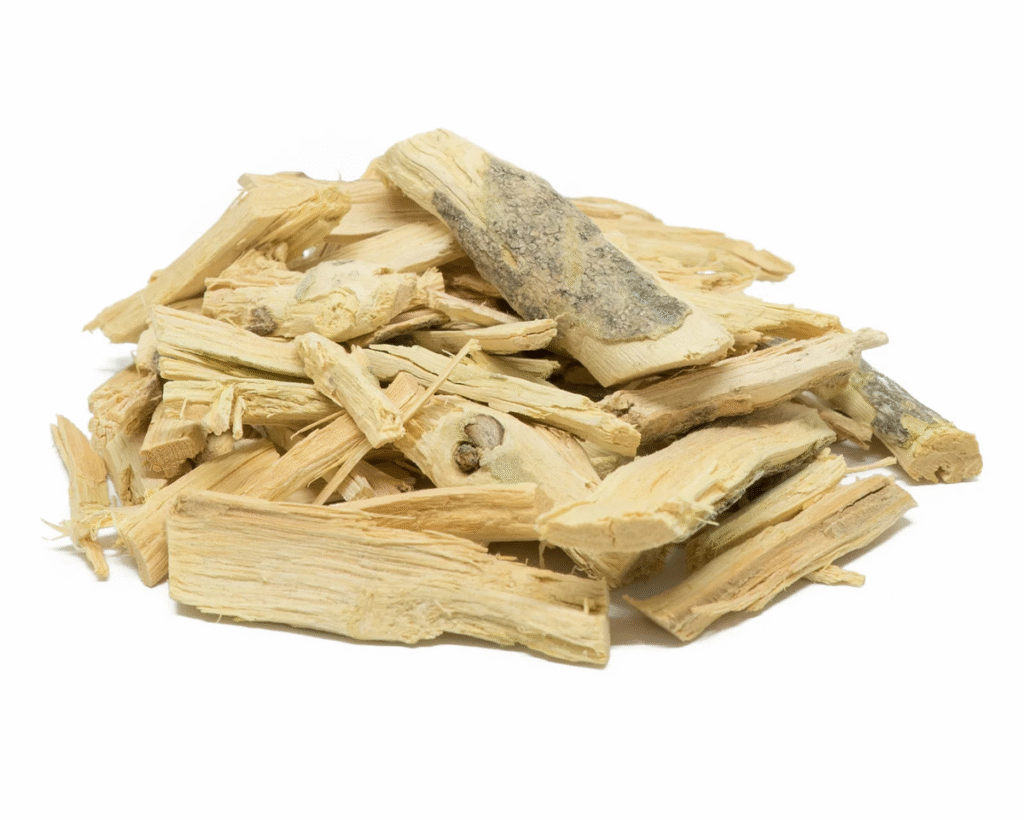
1. Dr. Sebi–Inspired Hombre Grande (Quassia amara) Formula
Type: Bitter Tonic / Digestive & Detox Elixir
Purpose: Blood cleansing, Liver and gallbladder support, Parasite and mucus elimination, Appetite stimulation and digestive strengthening, Alkaline transition support
Ingredients:
- Quassia amara (Hombre Grande) – Powerful bitter; anti-parasitic, liver tonic, blood cleanser
- Yellow Dock Root (Rumex crispus) – Iron-rich, supports liver and colon
- Dandelion Root (Taraxacum officinale) – Gentle bitter; liver and kidney support
- Burdock Root (Arctium lappa) – Deep blood purifier, mineral-rich
- Guaco (Mikania guaco) – Mucus dissolver, supports respiration
- Blue Vervain (Verbena hastata) – Nervine, supports blood and mood balance
- Sarsaparilla Root (Smilax spp.)- Hormonal balance, high in plant iron
- Ginger (Zingiber officinale) (optional) – Circulatory stimulant, reduces bitterness harshness
Suggested Preparation – Decoction (bitter tonic tea):
- Combine equal parts of the dried herbs (or adjust based on taste/strength — use less Quassia if too bitter).
- Use 1 tablespoon of the blend per 2 cups of water.
- Simmer for 15–20 minutes, covered.
- Strain and drink ½ to 1 cup once or twice daily, ideally on an empty stomach.
Precautions:
- Do not use during pregnancy or breastfeeding.
- Not recommended for long-term daily use — best used in cleansing cycles (7 to 21 days).
- Quassia is very bitter — reduce dose if nausea or irritation occurs.
- May interact with medications due to its liver-stimulating action.
2. Digestive Bitter Tonic
Purpose: Stimulates digestion, relieves bloating, indigestion, and supports gut health.
Ingredients:
- Hombre Grande (Quassia amara) bark or wood chips: 1 tbsp
- Fennel seeds: 1 tsp
- Ginger root (fresh, grated): 1 tsp
- Dandelion root: 1 tsp
- Spring water: 2 cups
Preparation:
- Combine all herbs in a pot with 2 cups of spring water.
- Bring to a boil, then simmer for 15 minutes.
- Strain and drink 1/4 cup 15–30 minutes before meals, up to twice daily.
Uses:
- Stimulates appetite and digestive juice production.
- Eases bloating, gas, and mild constipation.
- Supports liver function and detoxification.
Precautions:
- Avoid if pregnant or nursing due to Hombre Grande’s potential reproductive toxicity.
- Start with small doses to assess tolerance, as the bitterness may cause nausea in some.
Note: This formula aligns with Dr. Sebi’s focus on bitter herbs for gut health and can complement sea moss’s mineral-rich profile for holistic digestion support.
3. Antiparasitic Cleanse Tea
Purpose: Targets intestinal parasites, worms, and supports gut flora balance.
Ingredients:
- Hombre Grande (Quassia amara) bark: 1 tbsp
- Black walnut hull (green): 1 tsp
- Cloves (ground): 1/2 tsp
- Spring water: 3 cups
Preparation:
- Add all herbs to 3 cups of spring water in a pot.
- Boil for 10 minutes, then simmer for 10 more minutes.
- Strain and drink 1/2 cup twice daily for 7–10 days, ideally on an empty stomach.
- Follow with a nutrient-rich alkaline food to restore gut flora.
Uses:
- Expels intestinal worms and parasites.
- Supports detoxification of the digestive tract.
- May help with related symptoms like bloating or fatigue.
Precautions:
- Consult a healthcare provider before use, especially for children or those with medical conditions.
- Avoid long-term use (beyond 10 days) due to potential liver strain from wormwood and Hombre Grande.
- Not for pregnant or nursing individuals.
Note: This formula is inspired by traditional antiparasitic protocols and complements Dr. Sebi’s emphasis on cleansing herbs.
4. Blood Purifier and Anemia Support Tonic
Purpose: Supports blood oxygenation, iron levels, and liver detoxification, aligning with Dr. Sebi’s bioelectric nutrition principles.
Ingredients:
- Hombre Grande (Quassia amara) bark: 1 tbsp
- Sarsaparilla root: 1 tsp
- Burdock root: 1 tsp
- Yellow dock root: 1 tsp
- Sea moss (Chondrus crispus) powder: 1/2 tsp (optional, for mineral boost)
- Spring water: 3 cups
Preparation:
- Combine herbs (and sea moss, if using) with 3 cups of spring water.
- Boil for 15 minutes, then simmer for 10 minutes.
- Strain and drink 1/3 cup twice daily for 2–4 weeks.
Uses:
- Supports anemia treatment due to iron content in Hombre Grande and sarsaparilla.
- Promotes liver and kidney detoxification.
- Enhances energy and reduces symptoms like yellow eyes or fatigue.
Precautions:
- Monitor iron levels with a healthcare provider, as excessive iron can be harmful.
- Avoid if on blood-thinning medications, as yellow dock may interact.
- Not for pregnant or nursing individuals.
Note: This formula aligns with your interest in sea moss and Dr. Sebi’s focus on mineral-rich, blood-purifying herbs for cellular health.
5. Topical Lice and Skin Poultice
Purpose: Treats lice infestations, skin blemishes, or irritations like eczema.
Ingredients:
- Hombre Grande (Quassia amara) bark powder: 2 tbsp
- Chaparral powder: 1 tbsp
- Coconut oil: 2 tbsp
- Sea moss gel: 1 tbsp
Preparation:
- Mix Hombre Grande and chaparral powders with coconut oil and sea moss to form a paste.
- Apply to affected areas (scalp for lice, skin for blemishes) and leave for 30–60 minutes.
- Rinse thoroughly with warm water. Repeat daily for 5–7 days for lice or as needed for skin issues.
Uses:
- Repels and weakens lice by disrupting their exoskeleton.
- Soothes acne, eczema, or measles-related skin irritations.
- Reduces skin spots.
Precautions:
- Test on a small skin patch first to avoid irritation.
- Avoid contact with eyes or mucous membranes.
- Not for internal use.
Note: This formula leverages Hombre Grande’s antiparasitic and antimicrobial properties, suitable for external applications in natural skincare.
6. Insect Repellent Spray (Agricultural/Animal Use)
Purpose: Natural insecticide for crops, gardens, or livestock.
Ingredients:
- Hombre Grande (Quassia amara) wood chips: 100g
- Spring water: 1 liter
- Liquid soap (natural, biodegradable): 1 tsp
Preparation:
- Soak Hombre Grande wood chips in 1 liter of water for 24 hours.
- Boil the mixture for 30 minutes, then cool and strain.
- Add 1 tsp of liquid soap and dilute with 15 liters of water.
- Transfer to a spray bottle and apply to crops, plants, or animal bedding.
Uses:
- Repels pests like larvae, nematodes, and aphids in gardens or farms.
- Safe for organic agriculture and livestock pest control.
Precautions:
- Avoid spraying on edible plant parts close to harvest.
- Test on a small area of plants to ensure no phytotoxicity.
Note: This is a traditional Central American formula for sustainable pest control, leveraging Hombre Grande’s bitter quassin compounds.
7. Aphrodisiac and Vitality Tonic
Purpose: Enhances libido and energy, inspired by traditional uses as an aphrodisiac.
Ingredients:
- Hombre Grande (Quassia amara) bark: 1 tsp
- Damiana leaf: 1 tsp
- Yohimbe bark powder: 1 tsp
- Ginger root (fresh, grated): 1/2 tsp
- Spring water: 2 cups
Preparation:
- Combine all ingredients in 2 cups of spring water.
- Boil for 10 minutes, then simmer for 10 minutes.
- Strain and drink 1/4 cup once daily, preferably in the evening.
Uses:
- Boosts libido and sexual vitality.
- Enhances energy and stamina.
- Supports hormonal balance (anecdotal claims).
Precautions:
- Avoid if on medications affecting hormone levels or blood pressure.
- Limit use to 1–2 weeks at a time to prevent overstimulation.
- Not for pregnant or nursing individuals.
Note: This formula reflects Hombre Grande’s traditional use as an aphrodisiac, complementing Dr. Sebi’s holistic vitality approach.
General Precautions for All Formulas
- Pregnancy/Nursing: Avoid Hombre Grande due to potential reproductive toxicity (noted in a 2003 study on male rats).
- Medical Conditions: Consult a healthcare provider if under 18, on medications, or with conditions like heart issues, as Hombre Grande may cause nausea or heart rhythm issues in excess (e.g., 1997 case of bradycardiac atrial fibrillation).
- Allergies: Test topical formulas on a small area to avoid irritation.
- Overuse: Limit internal use to recommended doses and durations to prevent side effects like nausea or liver strain.
- FDA Note: These formulas are based on traditional use and limited studies; they are not FDA-evaluated.
List of References
- Ajaiyeoba, E. O., et al. (1999). “In vivo antimalarial activities of Quassia amara and Quassia undulata plant extracts in mice.” Journal of Ethnopharmacology, 67(3), 321–325.
- Parveen, S., et al. (2003). “A comprehensive evaluation of the reproductive toxicity of Quassia amara in male rats.” Reproductive Toxicology, 17(1), 45–50.
- Días, R., et al. (2006). “Domesticación y fitoquímica de Quassia amara (Simaroubaceae) en el trópico húmedo de Costa Rica.” Academia.edu.
- Ninci, M. E. (1991). “Prophylaxis and treatment of pediculosis with Quassia amara.” Revista de la Facultad de Ciencias Médicas, Universidad Nacional de Córdoba, 49(2), 27–31.
- Borda LJ, Perper M, Keri JE. “Treatment of seborrheic dermatitis: a comprehensive review.” J Dermatolog Treat. 2019 Mar;30(2):158-169. doi: 10.1080/09546634.2018.1473554. Epub 2018 May 24.
- Obembe OO, Usman TO, Raji Y. “Hepatoprotective effects of Quassia amara stem bark against cadmium-induced toxicity in male Wistar rats.” J Basic Clin Physiol Pharmacol. 2021 Feb 8;32(6):1131-1136. doi: 10.1515/jbcpp-2020-0128. PMID: 33544994
- Bertani S, Houël E, Bourdy G, Stien D, Jullian V, Landau I, Deharo E. “Quassia amara L. (Simaroubaceae) leaf tea: effect of the growing stage and desiccation status on the antimalarial activity of a traditional preparation.” J Ethnopharmacol. 2007 Apr 20;111(1):40-2. doi: 10.1016/j.jep.2006.10.028. Epub 2006 Nov 6. PMID: 17157466
- Ajaiyeoba EO, Abalogu UI, Krebs HC, Oduola AM. “In vivo antimalarial activities of Quassia amara and Quassia undulata plant extracts in mice.J Ethnopharmacol.” 1999 Nov 30;67(3):321-5. doi: 10.1016/s0378-8741(99)00073-2. PMID: 10617067
- Soto F, Hilje L, Mora GA, Carballo M. “Phagodeterrence by Quassia amara (Simaroubaceae) wood extract fractions on Hypsipyla grandella (Lepidoptera: Pyralidae) larvae.” Rev Biol Trop. 2011 Mar;59(1):487-99. doi: 10.15517/rbt.v59i1.3215. PMID: 21513206
- Raji Y, Bolarinwa AF. “Antifertility activity of Quassia amara in male rats – in vivo study.” Life Sci. 1997;61(11):1067-74. doi: 10.1016/s0024-3205(97)00615-2. PMID: 9307052
- Cachet N, Hoakwie F, Bertani S, Bourdy G, Deharo E, Stien D, Houel E, Gornitzka H, Fillaux J, Chevalley S, Valentin A, Jullian V. “Antimalarial activity of simalikalactone E, a new quassinoid from Quassia amara L. (Simaroubaceae).” Antimicrob Agents Chemother. 2009 Oct;53(10):4393-8. doi: 10.1128/AAC.00951-09. Epub 2009 Aug 10. PMID: 19667291
- Evans HB. “Quassia as a Cure for Cholera.” South Med Rec. 1884 Oct 20;14(10):367-368. PMID: 36022542
- Tada A, Sugimoto N, Sato K, Akiyama T, Asanoma M, Yun YS, Yamazaki T, Tanamoto K. Shokuhin Eiseigaku Zasshi. “[Examination of original plant of Jamaica quassia extract, a natural bittering agent, based on composition of the constituents].” 2009 Feb;50(1):16-21. doi: 10.3358/shokueishi.50.16. PMID: 19325221
- Toma W, Gracioso JS, Hiruma-Lima CA, Andrade FD, Vilegas W, Souza Brito AR. “Evaluation of the analgesic and antiedematogenic activities of Quassia amara bark extract.” J Ethnopharmacol. 2003 Mar;85(1):19-23. doi: 10.1016/s0378-8741(02)00334-3. PMID: 12576198
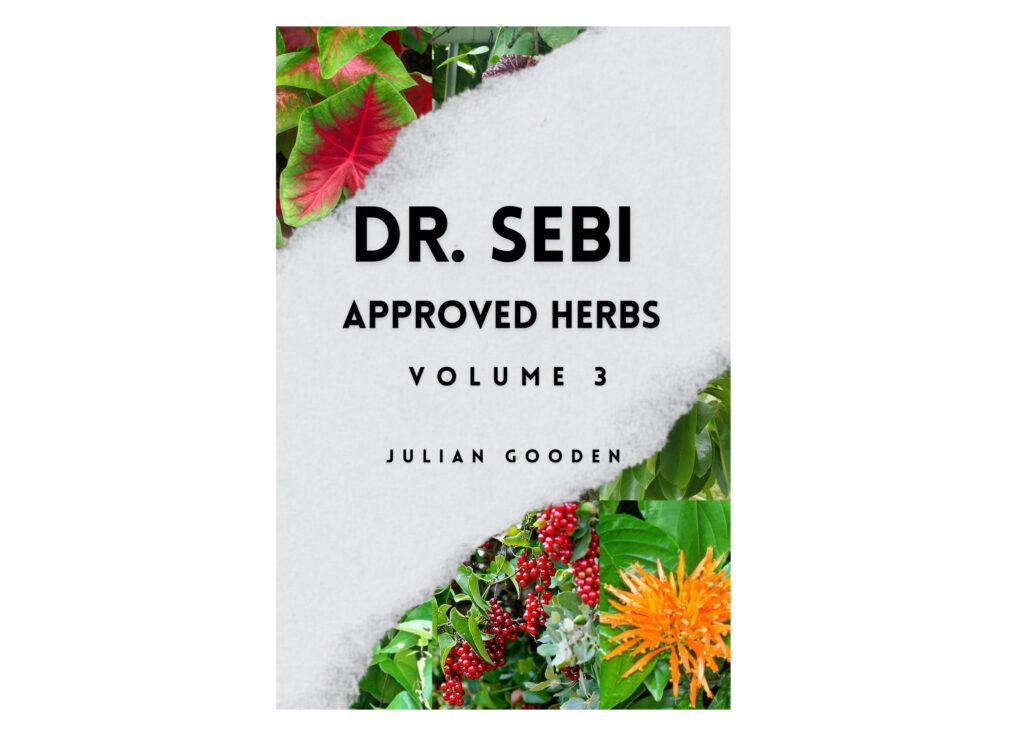

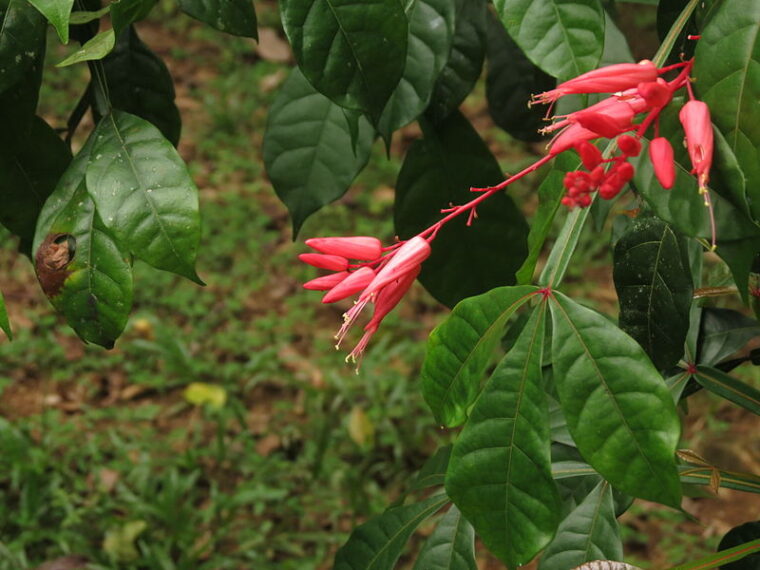

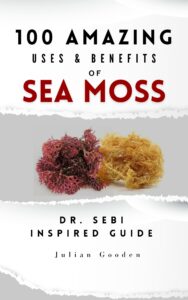
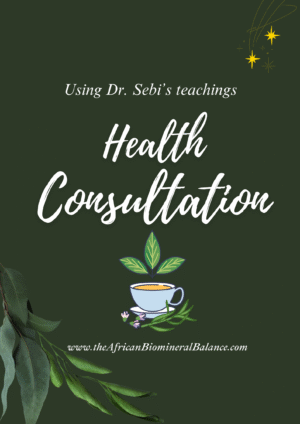
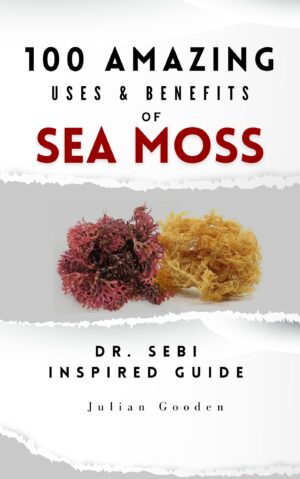
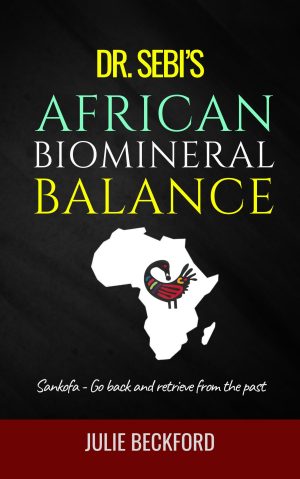
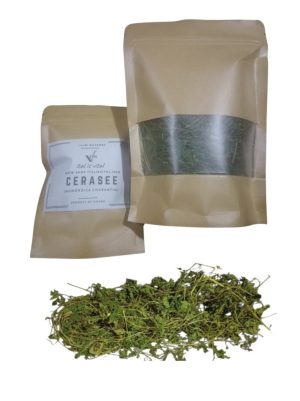
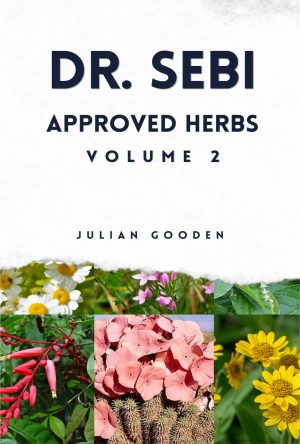


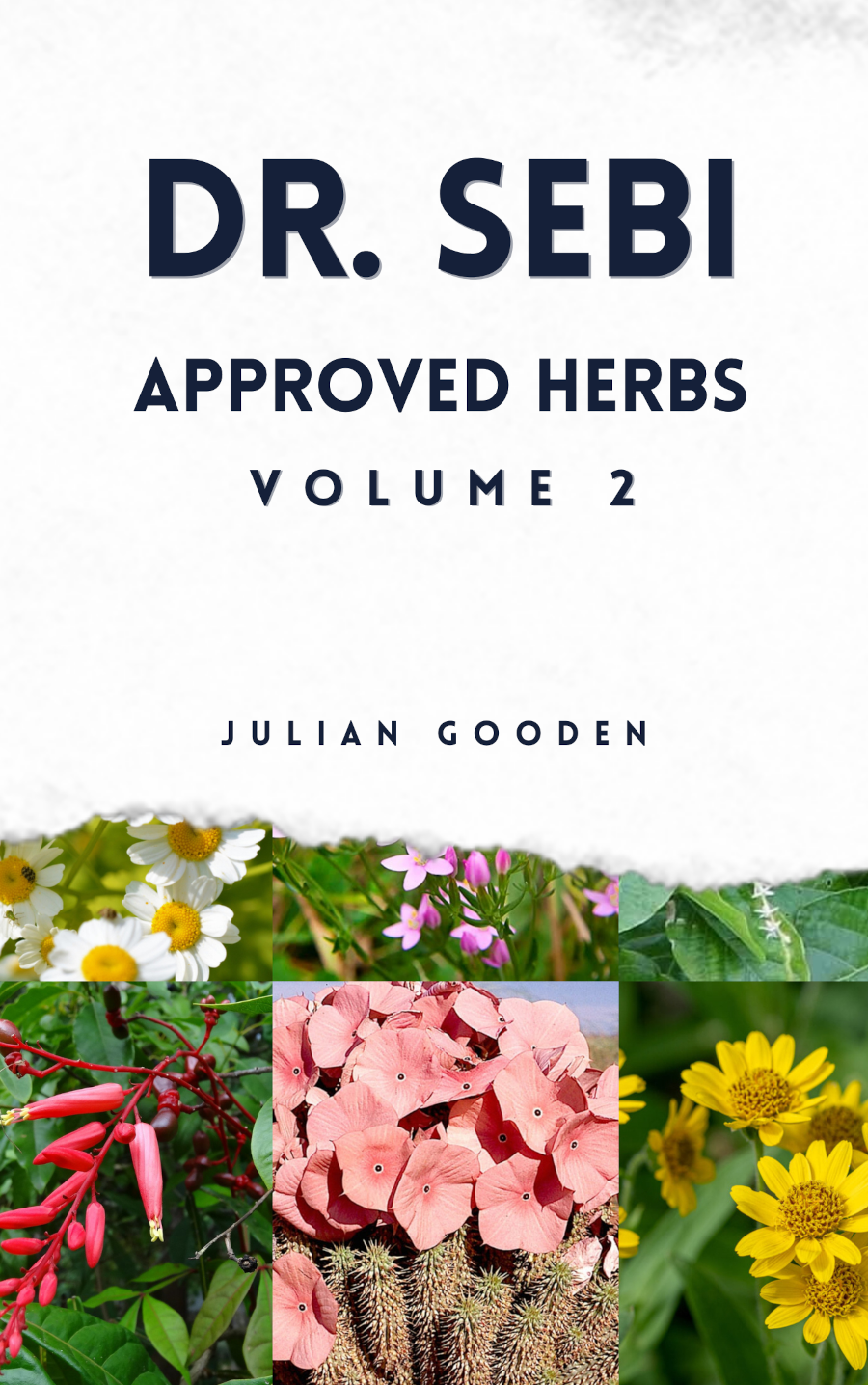
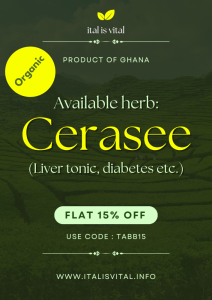

1 thought on “Hombre Grande (Quassia Amara) — Dr. Sebi Approved Herb”
Comments are closed.